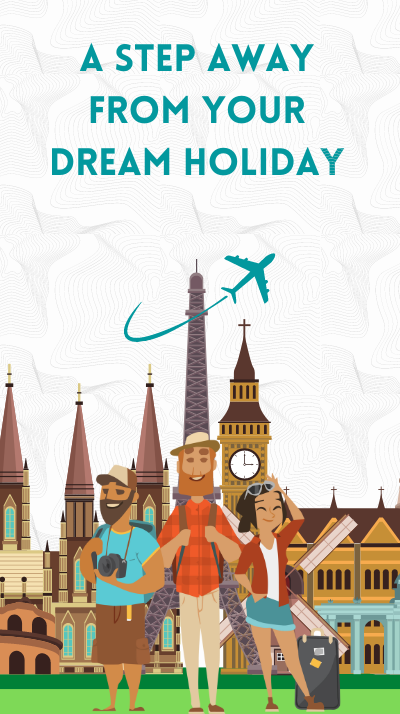Indonesia straddles the Equator between the Indian Ocean and the Pacific Ocean. While it has land borders with Malaysia to the north as well as East Timor and Papua New Guinea to the east, it also neighbors Australia to the south, and Palau, the Philippines, Vietnam, Singapore, and Thailand to the north, India to the northwest.
Understand
With 18,110 islands, 6,000 of them inhabited, Indonesia is the largest archipelago in the world. About 240 million people live in this fourth most populous country in the world — after China, India and the USA — and by far the largest country in Southeast Asia. Indonesia also has the largest Muslim population in the world. Indonesia's population is on course to overtake the US and become the third largest before 2044. In the decade that ended in 2010, population growth remained high at 1.49% each year but there is substantial Muslim opposition to boosting family planning.Indonesia markets itself as Wonderful Indonesia as their Indonesia Tourism project slogan, and the slogan is quite true, although not necessarily always in good ways. Indonesia's tropical forests are the second-largest in the world after Brazil, and are being logged and cut down at the same alarming speed. While the rich shop and party in Jakarta and Bali, decades of economic mismanagement have left much of the population living on less than USD2/day. However, the country is developing rapidly and the World Bank poverty figures have decreased fourfold in the past decade [2][3]. Infrastructure in much of the country remains rudimentary, and travelers off the beaten track will need some patience and flexibility.
According to the “Energy Access” Working Group Global Network on Energy for Sustainable Development, in 2001, 53.4% of the Indonesian population had access to electricity and they consumed 345kWh for each person in a year. In the same year the residents of nearby Singapore had 100% access and they consumed 6,641 kWh. A very large percentage of the Indonesian population remain reliant upon wood for a cooking fuel. The central government has in recent years instituted a program of LPG gas access to use as a replacement for the burning of bio-mass sources for cooking.
History
The early, modern history of Indonesia begins in the period from 2500BC to 1500BC with a wave of light brown-skinned Austronesian immigrants, thought to have originated in Taiwan. This Neolithic group of people, skilled in open-ocean maritime travel and agriculture are believed to have quickly supplanted the existing, less-developed population.From this point onward, dozens of kingdoms and civilizations flourished and faded in different parts of the archipelago. Some notable kingdoms include Srivijaya (7th-14th century) on Sumatra and Majapahit (1293-c.1500), based in eastern Java but the first to unite the main islands of Sumatra, Java, Bali and Borneo (now Kalimantan) as well as parts of Peninsular Malaysia.
The first Europeans to arrive (after Marco Polo who passed through in the late 1200s) were the Portuguese, who were given permission to erect a godown near present-day Jakarta in 1522. By the end of the century, however, the Dutch had pretty much taken over and the razing of a competing English fort in 1619 secured their hold on Java, leading to 350 years of colonization. The British occupied Java from 1811 to 1816, and as a result Indonesians still drive on the left.In 1824, the Dutch and the British signed the Anglo-Dutch Treaty which divided the Malay world into Dutch and British spheres of influence, with the Dutch ceding Malacca to the British, and the British ceding all their colonies on Sumatra to the Dutch. The line of division roughly corresponds to what is now the border between Malaysia and Indonesia, with a small segment becoming the border between Singapore and Indonesia.
